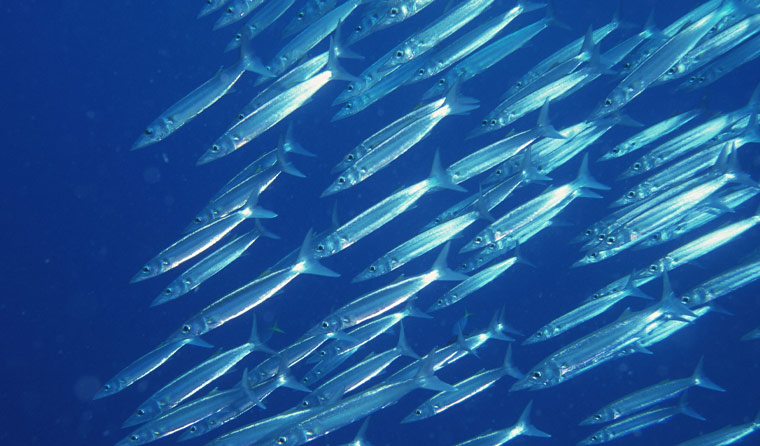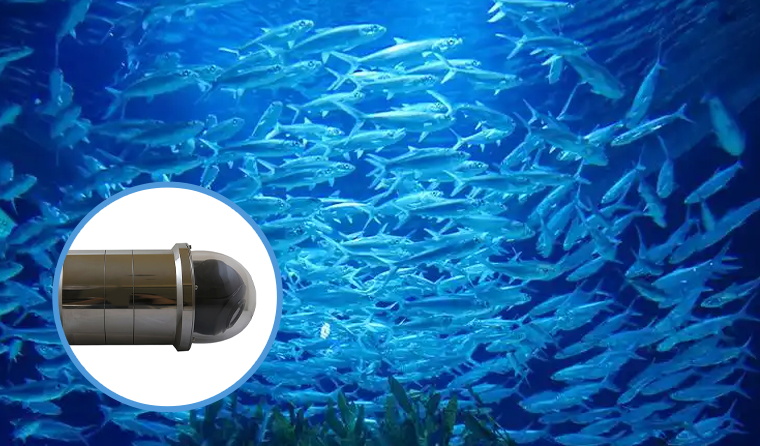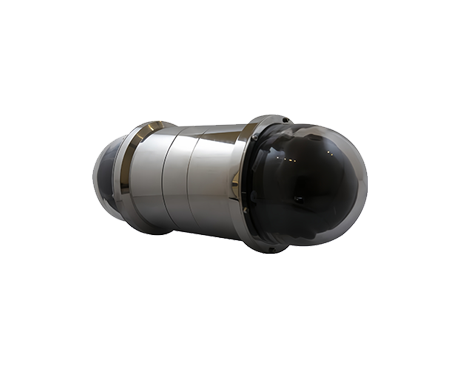Selection Strategy for Underwater Aquaculture Cameras in 2025
Hits: 677 Time: September 27,2025

When selecting underwater aquaculture cameras in 2025, multiple factors such as image quality, night vision capability, protection level, and power supply method need to be comprehensively considered. Below are some selection strategies:
-
Image Resolution: Prioritize cameras with a resolution of 3 million pixels or higher, such as products with 3-megapixel or 4-megapixel resolution. High resolution ensures clear capture of underwater details during the day, such as the movement of fish schools and underwater ripples.
-
Night Vision Function: Cameras with dual modes of full-color night vision and infrared fill light are better. In full-color night vision mode, the images captured at night have natural colors without noise accumulation, allowing clear observation of details like fish schools swimming. Infrared fill light, on the other hand, can provide auxiliary lighting in extremely low-light conditions to ensure image clarity.
-
Protection Level: The underwater aquaculture environment is harsh, so cameras must have a high protection level. It is recommended to choose products with a protection level of IP67 or above, such as cameras with waterproof and dustproof metal casings. This ensures that the cameras can work normally in environments with wind, rain, and humidity, and even withstand short-term immersion in water at a certain depth without damage.

-
Power Supply Method: POE (Power over Ethernet) power supply is an ideal choice. It transmits both data and power through a network cable, which is suitable for long-distance deployment. It is easy to install and has strong stability, eliminating the need for additional power line laying and reducing wiring costs and complexity.
-
Lens Type: Choose cameras with wide-angle lenses, which can expand the monitoring range and reduce monitoring blind spots. In addition, the optical performance of the lens is also important, such as light transmittance and distortion control. A good lens can ensure the clarity and authenticity of the captured images.
-
Connectivity Options: Consider the camera's networking functions, such as whether it supports Wi-Fi or Ethernet connection. Wi-Fi connection allows users to remotely view monitoring images in real time via mobile phones or other devices, while Ethernet connection provides more stable network transmission, making it suitable for scenarios with high requirements for data transmission stability.

-
Special Functions: Some high-end cameras may have special functions, such as AI recognition. This function can automatically count the number of fish schools and calculate the average size. For large-scale aquaculture users, these functions can help improve the efficiency of aquaculture management.
-
Brand and After-Sales Service: Choose cameras from well-known brands, as their product quality and after-sales service are usually more reliable. You can refer to the usage reviews and recommendations of other aquaculture users to understand the actual usage effect and durability of cameras from different brands. At the same time, good after-sales service can provide timely maintenance and support when the camera malfunctions, reducing losses caused by equipment failures.
For more information about underwater aquaculture camera, please visit the homepage.





